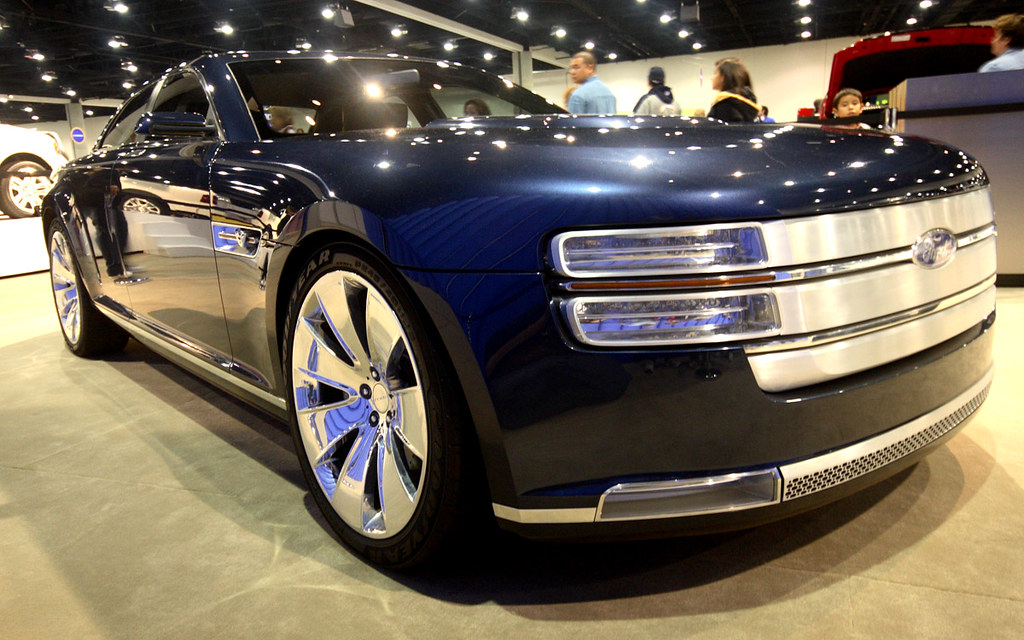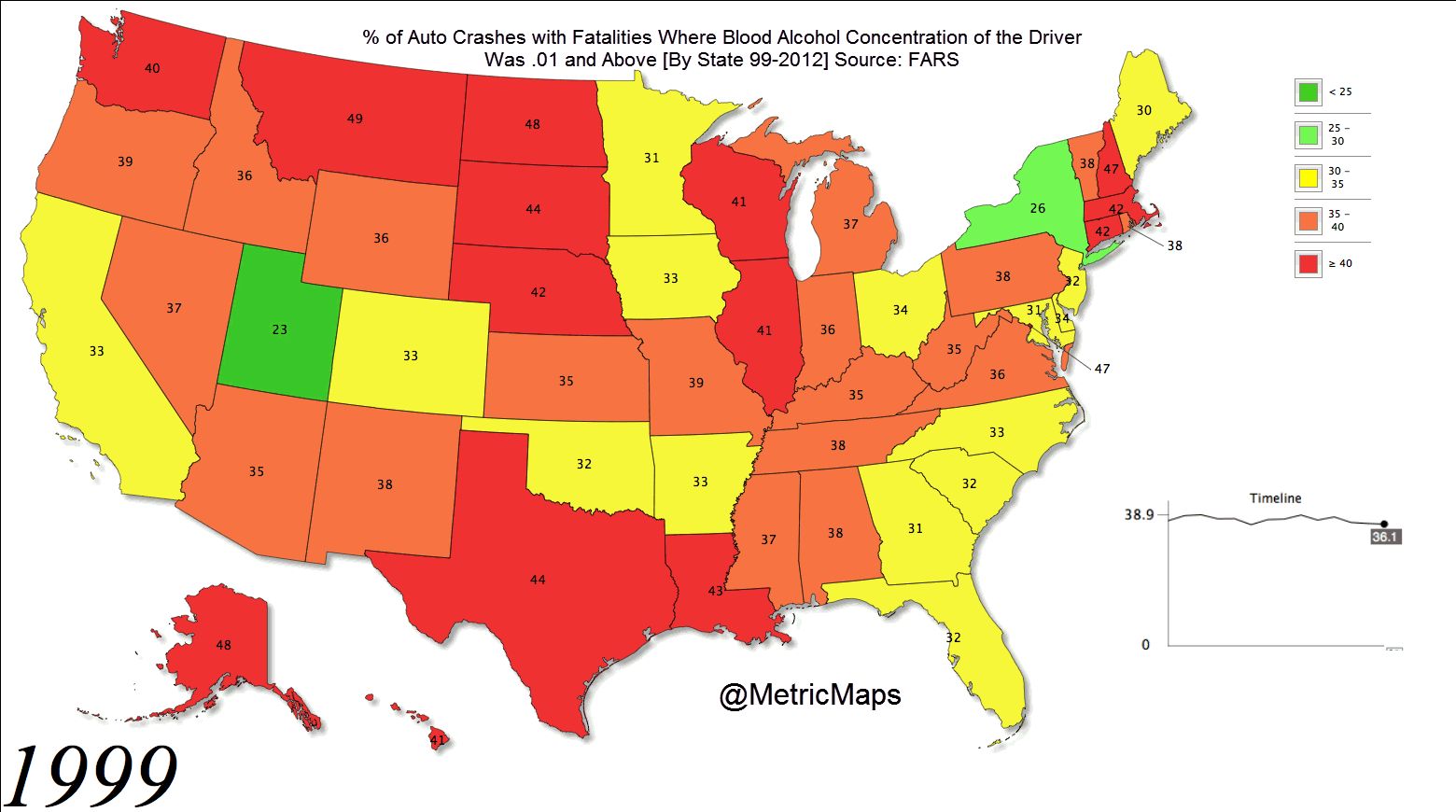
Beneath the gleaming paint and roaring engines of every iconic ride, from vintage muscle to cutting-edge hypercar, lies a hidden truth teller: the Vehicle Identification Number, or VIN. It’s more than just a string of characters; it’s the undisputed DNA of a machine, a comprehensive digital fingerprint that holds the complete story of its birth, its lineage, and its unique identity. In a world obsessed with authenticity and performance, understanding this alphanumeric code is no longer just for mechanics or industry insiders—it’s an essential skill for anyone looking to truly know their vehicle, to verify its history, and to uncover the secrets it holds.
Think of it as the ultimate backstage pass to your automotive obsession. Whether you’re eyeing a rare classic, verifying the specs of a high-octane import, or simply ensuring the integrity of your daily driver, the VIN is your authoritative source. It strips away the superficial, revealing the core characteristics and critical historical data that can make or break a deal, or simply elevate your understanding of automotive engineering and ownership. This isn’t just about reading a label; it’s about mastering the language of cars at their most fundamental level.
In this deep dive, we’re cutting through the noise to deliver the definitive breakdown of what makes a VIN tick. We’ll explore its origins, dissect its intricate structure, and empower you with the knowledge to decode these critical identifiers like a seasoned pro. Get ready to unlock the true essence of automotive identity, because once you know the VIN, you know the vehicle—inside and out.

1. **The VIN: A Unique Identifier**At its core, a Vehicle Identification Number (VIN) serves as the singular, undisputed identifier for individual motor vehicles. This unique code, sometimes referred to as a chassis number or frame number, applies to an extensive range of conveyances, including not just cars but also towed vehicles, motorcycles, scooters, and even mopeds. It’s the automotive industry’s ironclad method for distinguishing one machine from another, ensuring that no two vehicles are ever truly identical in their documented identity.
The global automotive community recognized the critical need for such a system, leading to its standardization by the International Organization for Standardization (ISO). Specifically, ISO 3779 governs the content and structure of the VIN, while ISO 4030 dictates its location and attachment points on the vehicle. These international standards provide a universal language for vehicle identification, transcending national borders and manufacturer-specific quirks to create a globally recognizable and traceable mark.
For potential car owners, particularly those venturing into the used vehicle market, the VIN transforms from a mere technical detail into an indispensable safeguard. It empowers individuals to tap into specialized vehicle history services available in various countries. These services leverage the VIN to unearth crucial information, helping buyers identify vehicles that might be defective, have been significantly damaged and “written off,” or carry other undisclosed issues. It is, quite simply, the first line of defense against hidden automotive liabilities, protecting your investment.

2. **VIN Decoder vs. VIN Check: Know the Difference**When diving into the world of vehicle identification, you’ll quickly encounter two distinct, yet often conflated, tools: the VIN Decoder and the VIN Check. While both rely on the Vehicle Identification Number, they serve fundamentally different purposes and provide varying levels of detail. Understanding their distinctions is paramount for anyone looking to make informed decisions about a vehicle, whether for quick research or a serious purchase.
A VIN Decoder, often referred to as a VIN Finder, is primarily designed for fast research. It provides essential build specifications and information on open recalls for an entire make-model-year. It’s a powerful tool for understanding the factory-standard configuration of a vehicle, revealing details about its original equipment, trim level, and any outstanding safety alerts issued by the manufacturer. This is your go-to resource for a quick overview of a vehicle’s base identity, perfect for initial investigations.
In contrast, a VIN Check, or VIN Assist, digs significantly deeper, offering a comprehensive historical report that paints a much fuller picture of a specific vehicle’s life. This advanced service delves into critical aspects such as title brands—indicating salvaged, flood-damaged, or rebuilt statuses—as well as an odometer timeline to detect potential rollback fraud, lien records to reveal outstanding debts, and even auction photos and prior sale prices. Running a Full History Report via a VIN Check is not just recommended; it’s an absolute necessity before committing to the purchase of any used vehicle, providing peace of mind and protecting your investment from costly surprises. Decoding factory specs and open recalls costs nothing, while the paid Full History Report is an optional, low one-time fee for deeper data on liens, odometer, and title-brand information.

3. **The Genesis of VINs: From Chaos to Standardization**The journey of the Vehicle Identification Number from a fragmented concept to a globally recognized standard is a testament to the automotive industry’s evolution. VINs first emerged on the scene in 1954 within the United States, marking the earliest attempts to assign a unique identity to individual vehicles. However, these initial years were characterized by a profound lack of uniformity across the board, leading to what can only be described as a chaotic landscape of identification.
Between 1954 and 1965, there was no universally accepted standard for these numbers. Different manufacturers, and even distinct divisions within a single manufacturer, employed their own idiosyncratic formats. Many of these early VINs were rudimentary, often amounting to little more than a basic serial number, offering minimal insight into the vehicle’s specific attributes. This decentralized approach made it incredibly challenging to track vehicles consistently or reliably across the burgeoning automotive market.
A pivotal shift occurred starting in January 1966, when the US government mandated the use of a 13-character VIN. While this specification was phased in over several years, by January 1, 1969, all cars sold in the US were legally required to feature this 13-character identifier. The 1966 US specification represented a significant step forward, mandating the inclusion of the year of manufacture, engine type, and a six-digit unique number as the last six characters. Manufacturers retained discretion over the remaining five spaces, which, while an improvement, still left room for varied interpretations and did not fully resolve the issue of comprehensive standardization.
The true breakthrough in standardization arrived in 1981, when the National Highway Traffic Safety Administration (NHTSA) of the United States formally solidified the format. This landmark regulation mandated that all on-road vehicles sold in the US contain a 17-character VIN, a format that explicitly excludes the letters O (o), I (i), and Q (q) to prevent any potential confusion with the numerals 0, 1, and 9. This 1981 standard, largely predicated on the existing ISO 3779 framework, introduced a level of stringency and clarity that transformed vehicle identification. Following this, manufacturers producing vehicles for the American market swiftly adopted the new standard, and Europe gradually integrated the VIN and its structured information, with manufacturers like Volkswagen encoding larger information chunks between 1995-1997 and a control digit appearing in selected models from 2009-2015, notably in vehicles like the Audi A1.
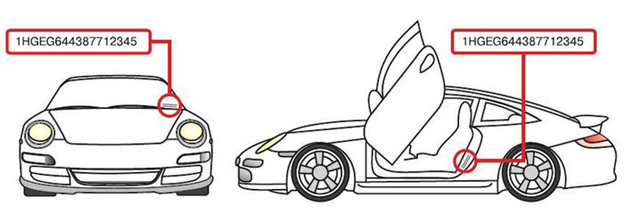
4. **Anatomy of a Modern VIN: 17 Characters, No I, O, Q**The modern Vehicle Identification Number is a meticulously structured alphanumeric code, a 17-character sequence designed to provide a comprehensive fingerprint for every vehicle. Its architecture is rooted in two foundational standards initially issued by the International Organization for Standardization (ISO) in 1979 and 1980: ISO 3779, defining its content and structure, and ISO 3780, addressing its location and attachment. These globally recognized frameworks ensure a consistent approach to vehicle identification.
While compatible, the implementations of these ISO standards have seen distinct differences between the European Union and the United States, reflecting specific regulatory environments. Regardless of regional nuances, the fundamental premise remains: a VIN is a powerful data string. It is composed exclusively of capital letters and digits, purposefully omitting the letters I, O, and Q. This exclusion is a crucial design choice, meticulously implemented to eliminate any ambiguity or potential for confusion with the visually similar numerals 0 (zero), 1 (one), and 9 (nine).
This 17-character sequence is not a random collection of letters and numbers; it is divided into several distinct sections, each assigned a specific role in decoding the vehicle’s identity. These sections work in concert, building a layered profile of the vehicle from its global origin to its individual serial number. The system offers an unparalleled level of detail, providing an authoritative ledger of information that is invaluable for manufacturing, regulation, enforcement, and ownership.
Understanding these overarching components is the first step toward true VIN mastery. Each segment contributes to the unique narrative of the vehicle, collectively forming a data powerhouse. This systematic breakdown ensures that every character serves a purpose, preventing redundancy and maximizing the informational density within this compact code.

5. **World Manufacturer Identifier (WMI): Where It All Begins**The genesis of every VIN lies within its first three characters, collectively known as the World Manufacturer Identifier, or WMI code. This crucial segment serves as the vehicle’s ultimate birth certificate, uniquely identifying the manufacturer of the vehicle itself. It’s the global stamp that immediately tells you who built the machine, providing an instant link to its maker and country of origin, a testament to the robust system that tracks automotive production worldwide.
For manufacturers operating on a smaller scale, specifically those building fewer than 1,000 vehicles annually, a distinct identification protocol is observed. In these cases, the third digit of the WMI will always be a ‘9’, and then the 12th, 13th, and 14th positions within the VIN are utilized to provide the second part of their unique identification. This ensures that even niche producers are accurately tracked within the standardized framework, maintaining the integrity of the global identification system across all production volumes.
Beyond merely identifying the primary manufacturer, the WMI can also convey additional layers of information. In some instances, the third character functions as a specific code for a vehicle category, such as a bus or a truck, or it may denote a particular division within a larger manufacturing conglomerate. For example, within the ‘1G’ WMI assigned to General Motors in the United States, ‘1G1’ specifically designates Chevrolet passenger cars, ‘1G2’ is for Pontiac passenger cars, and ‘1GC’ identifies Chevrolet trucks, showcasing the intricate breakdown possible within these initial characters.
The Society of Automotive Engineers (SAE) in the US plays a pivotal role in this global architecture, meticulously assigning WMIs to countries and individual manufacturers, ensuring no overlaps and maintaining a clear, organized system. The very first character of the WMI typically signifies the region where the manufacturer is located, an initial geographical anchor for the vehicle’s origin. For instance, ‘A-H’ denotes Africa, ‘J-R’ covers Asia, ‘S-Z’ indicates Europe, ‘1-5, 7’ points to North America, ‘6’ is Oceania, and ‘8-9’ represents South America, establishing an immediate geographical context for the vehicle.
However, the practical application of WMIs can sometimes introduce intriguing complexities, particularly in Europe. Here, the country where the continental headquarters is situated might assign the WMI to all vehicles produced by that entity across the region. A classic example involves Adam Opel AG during its tenure with General Motors: Opel/Vauxhall cars from that era would carry a “German” WMI (e.g., W0L or W0V), reflecting Opel’s Rüsselsheim, Germany base, irrespective of where the vehicles were physically assembled. This policy, however, shifted for newer models once Opel became part of PSA, leading to them obtaining “French” WMIs, illustrating how corporate mergers and acquisitions can indeed lead to seemingly confusing or evolving allocations within the VIN system.
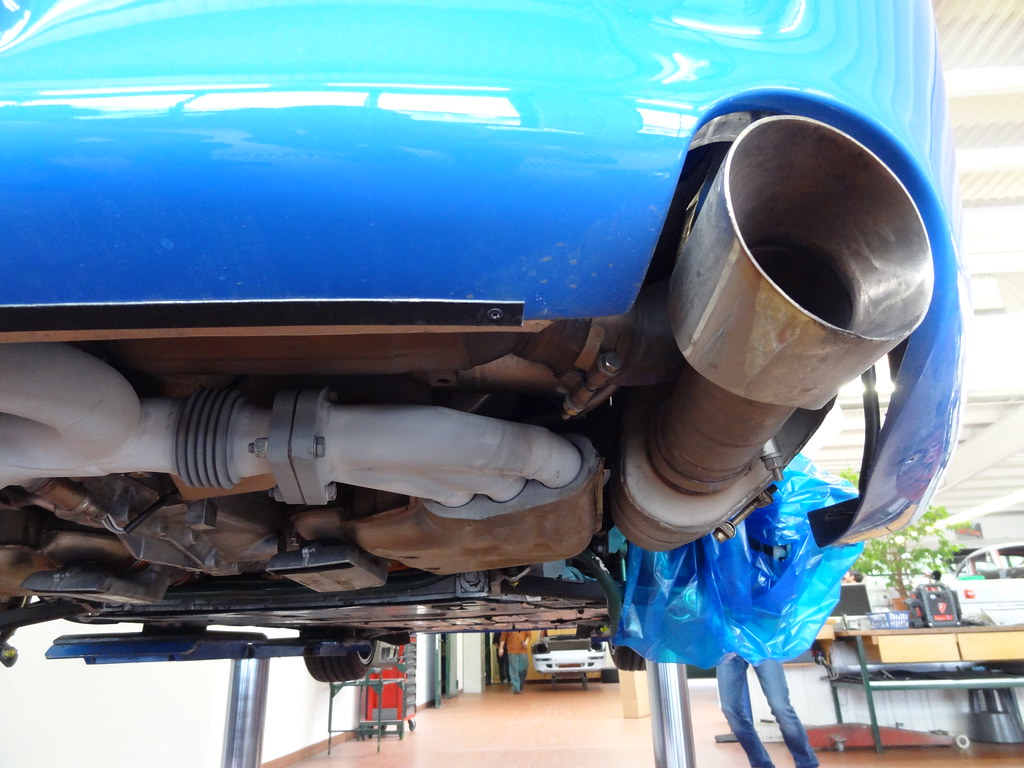
6. **Vehicle Descriptor Section (VDS): Unpacking Vehicle Type**Following the critical World Manufacturer Identifier, the next crucial segment of the VIN is the Vehicle Descriptor Section, or VDS, encompassing positions four through nine. This is where the narrative of the vehicle begins to unfold in greater detail, providing specific insights into its fundamental characteristics and design. The VDS is meticulously crafted, in accordance with local regulations, to precisely identify the vehicle type, offering a deeper understanding beyond just its maker.
Within these six characters, a wealth of information can be encoded. It often includes data pertaining to the specific automobile platform utilized in its construction, the precise model designation, and even the unique body style of the vehicle. This section acts as a technical blueprint, translating engineering and design choices into a standardized code. It’s a powerful internal identifier that differentiates between a sedan and an SUV, or a base model and a performance variant, all within a concise alphanumeric string.
It’s important to recognize that each manufacturer employs its own unique system for populating this field. While the overall purpose of the VDS is consistent—to describe the vehicle’s characteristics—the specific codes and their meanings are proprietary to the individual manufacturer. However, a common practice among most manufacturers since the 1980s has been to utilize the eighth digit specifically to identify the engine type, particularly when multiple engine choices are available for a given vehicle model.
To illustrate this, consider the 2007 Chevrolet Corvette (C6 Vette): if the eighth digit in its VIN is ‘U’, it signifies a 6.0-liter V8 engine, whereas an ‘E’ in the same position would denote a more potent 7.0-liter V8. This direct encoding of engine specifications provides a quick and unambiguous way to determine a critical performance characteristic of the vehicle. This level of detail is invaluable for mechanics, parts suppliers, and enthusiasts alike. The ninth position, specifically, often holds a check digit, a crucial validation tool, especially compulsory for vehicles sold in North America and China, though not consistently applied in Europe, emphasizing the regional variations within the global VIN standard.

7. **Vehicle Identifier Section (VIS): The Individual Fingerprint**Beyond the foundational descriptors of the WMI and VDS, the final and perhaps most intimate segment of a VIN emerges: the Vehicle Identifier Section, or VIS. Spanning characters 10 through 17, this is where the vehicle’s identity truly becomes singular, a digital DNA strand that pinpoints *that exact machine* within a sea of similar models. This isn’t just about identifying the type of car; it’s about recognizing *your* car, the one with its own unique story.
Manufacturers leverage the VIS to embed highly specific, often granular, details that differentiate one unit from another on the assembly line. This segment can reveal a treasure trove of insights, including the precise options installed at the factory, critical engine and transmission choices, or even specific trim configurations that set it apart. While it *can* be packed with such rich data, for many vehicles, the VIS primarily serves as a straightforward, yet utterly vital, sequential production number.
Ultimately, the VIS is the authoritative ledger for an individual vehicle’s existence. It’s the unique serial number that distinguishes it from every other vehicle ever produced by that manufacturer. For anyone seeking to verify the exact specifications of a particular car, or simply to appreciate the meticulous tracking involved in automotive production, understanding the VIS is the final frontier in VIN mastery.

8. **Model Year Encoding: Dating Your Ride**Deep within the VIS, specifically at the 10th position, lies a powerful secret: the model year. For vehicles destined for North America, this single character instantly reveals the calendar year of the vehicle’s design and regulatory compliance. It’s a direct timestamp on its birth, instantly categorizing it within a specific production cycle, though it’s crucial to remember that certain letters—I, O, Q, U, Z—and the digit 0 are strictly excluded from this alphanumeric lexicon to avoid any potential confusion. Outside of North America, this tenth digit often defaults to a ‘0’, signaling a different regional application of the standard.
The evolution of model year encoding is a fascinating glimpse into standardization efforts. Early on, specifically in 1980, some manufacturers like General Motors and Chrysler opted for ‘A’ to denote the model year, or even a ‘zero’ in their pre-1981 VIN placements, creating a patchwork of codes before the 17-digit standard took hold. Ford and AMC, for instance, chose a straightforward ‘zero’ for their 1980 models. Subsequent years systematically marched through the allowable letters, with ‘Y’ proudly marking the dawn of the new millennium in 2000.
The system then smoothly transitioned into digits, with 2001 to 2009 represented by the numerals 1 through 9. From 2010 onwards, the cycle elegantly reset, once again employing letters from ‘A’, ‘B’, ‘C’, and so forth, to denote successive model years. Adding another layer of depth, the US National Highway Traffic Safety Administration (NHTSA) updated its regulations in 2008, introducing a clever nuance: for passenger cars and light trucks, if the seventh VIN position is numeric, the tenth position’s model year falls within the 1980–2009 range. Conversely, if the seventh position is alphabetic, the 10th digit then signifies a model year between 2010 and 2039, ensuring the VIN system remains a dynamic and future-proof identifier for decades to come.
9. **Plant Code: Pinpointing Production’s Ground Zero**Shifting our focus slightly, the 11th character within the VIN holds a critical piece of geographical data: the plant code. This single alphanumeric identifier is not just a random placeholder; it’s the precise geographical stamp of origin, revealing the very assembly line where your vehicle was meticulously brought to life. In North America and China, this character is a mandatory inclusion, offering an unparalleled level of transparency regarding a vehicle’s manufacturing roots.
Each major automotive manufacturer meticulously maintains its own proprietary registry of plant codes, with each code corresponding to a specific factory location. This system allows for an immediate and unambiguous identification of the manufacturing facility, whether it’s a sprawling complex in Detroit, a high-tech plant in Bavaria, or an innovative assembly line in Guangzhou. It’s a key identifier for logistics, quality control, and even understanding regional manufacturing nuances.
For enthusiasts and industry insiders alike, knowing the plant code provides invaluable context. It can confirm whether a particular model was assembled in a specific renowned facility, or shed light on the geographical distribution of a manufacturer’s production efforts. It transforms the abstract concept of a global automotive industry into a tangible location, adding another layer of authenticity and traceability to every vehicle.
10. **Production Number: The Unique Serial**After all the layers of identification—from the manufacturer and region to the model, type, and assembly plant—the VIN culminates in its most granular identifier: the production number. For vehicles sold in the United States and China, these digits, typically occupying positions 12 through 17, represent the vehicle’s unique serial number. This is the ultimate distinguishing mark, ensuring that no two vehicles rolling off the assembly line, even those with identical make, model, and year, can ever share the same complete VIN.
This isn’t just a generic sequence; it’s a dynamic, ever-incrementing code assigned as each vehicle completes its journey through production. Every manufacturer orchestrates its own proprietary sequencing system for these final digits, ensuring a distinct identity for every unit. It’s a digital testament to the fact that, regardless of how many millions of cars a factory produces, each one is recognized as a unique entity.
The production number serves as the definitive final identifier, a testament to the sheer scale and precision of modern automotive manufacturing. It’s the last word in a vehicle’s identity, allowing for precise tracking from the moment it leaves the factory floor. For owners, this six-digit code links them unequivocally to their specific vehicle, grounding its entire history in an unalterable, individual mark.
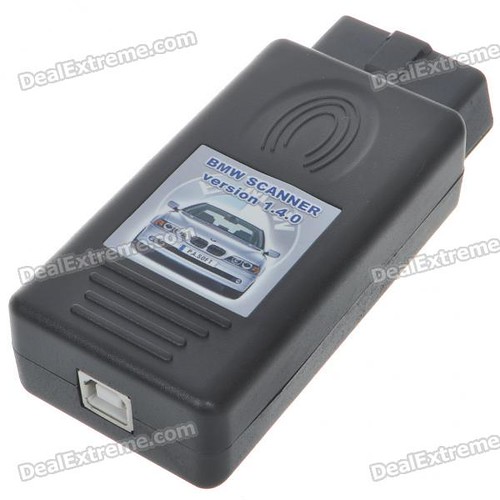
11. **North American Check Digit: The Integrity Guardian**Now, let’s talk about the unsung hero of VIN integrity: the check digit. Nestled in the pivotal ninth position, this single character plays a critical role in validating the entire 17-character sequence, acting as a powerful safeguard against transcription errors or deliberate tampering. While its inclusion is a compulsory requirement for vehicles sold in North America and China, it’s not universally applied across European markets, highlighting regional differences in regulatory emphasis.
This check-digit validation system is nothing short of brilliant engineering, a mathematical sentinel designed to ensure the accuracy and authenticity of every VIN. Its primary function is to confirm the structural integrity of the code, detecting any accidental keystrokes or attempts to alter the identification number. For every road vehicle sold in the United States and Canada, this complex algorithmic verification is an indispensable part of its official identity.
The presence of a valid check digit provides an immediate, though not infallible, verification of a VIN’s legitimacy. It means that the unique alphanumeric sequence has passed a rigorous internal consistency test. While a match doesn’t absolutely guarantee correctness—a small chance of two distinct VINs sharing the same check digit exists—it significantly bolsters confidence in the information conveyed, protecting consumers and upholding the veracity of vehicle records.
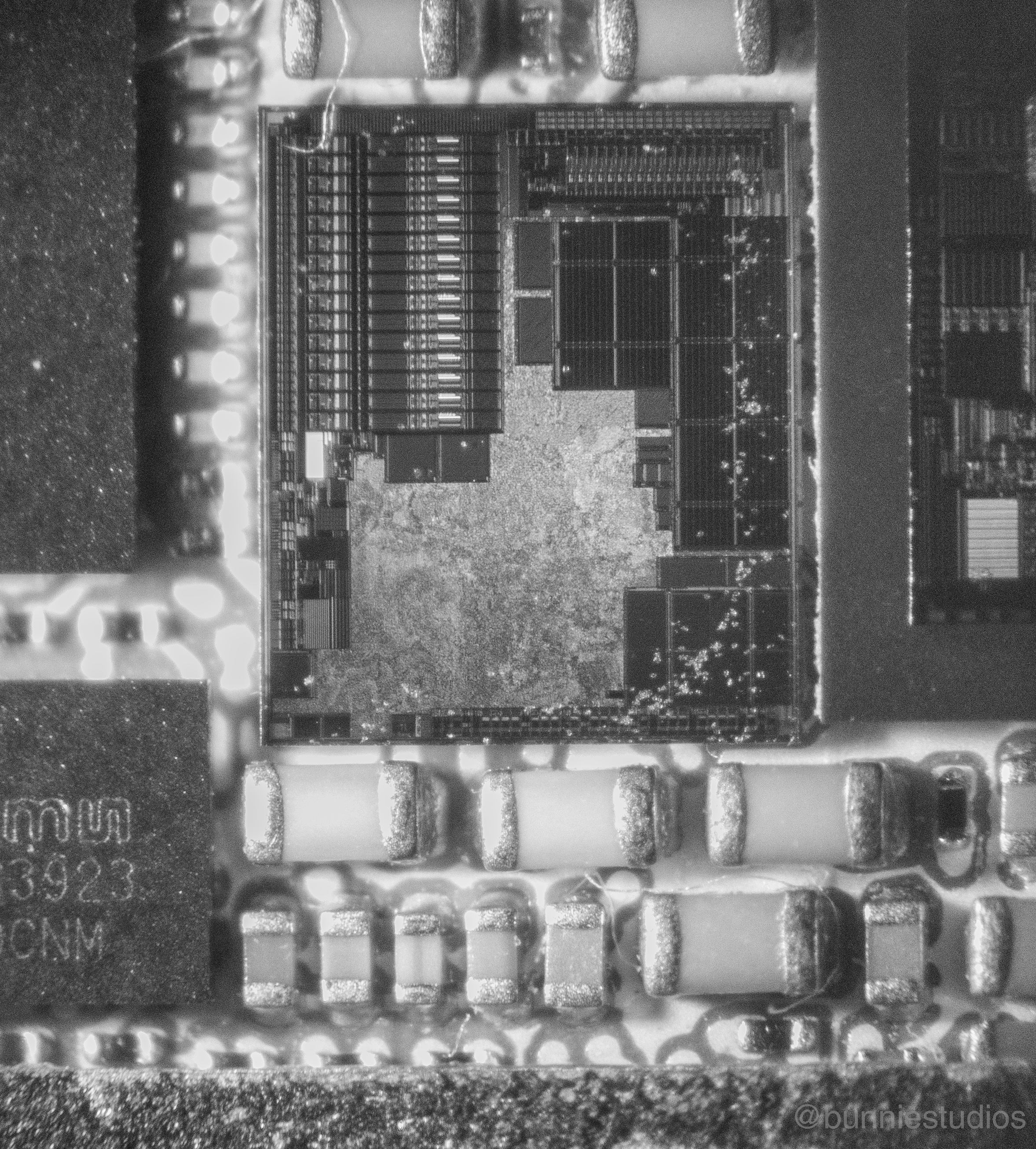
12. **Mastering the Check-Digit Calculation: Unlocking Authenticity**The check digit isn’t just a randomly generated character; it’s the product of a sophisticated mathematical calculation, a testament to the robust design underpinning the VIN system. To truly master VIN understanding, one must grasp this intricate process, which begins with a crucial step: transliterating the VIN’s letters into their numerical counterparts. This involves replacing each alphabetic character with a specific numerical value, guided by a predefined key, while numerical digits retain their original values. It’s essential to remember that the letters I, O, and Q are conspicuously absent from valid VINs, preventing any ambiguity with numerals.
Once the entire VIN is represented numerically, the next step involves applying a series of specific weight factors to each of the 17 positions. Each position, from the first to the seventeenth, is assigned a unique multiplier. Intriguingly, for the purpose of this calculation, the ninth position—the check digit itself—is assigned a weight of zero. This clever design ensures that the original check digit’s value doesn’t influence its own recalculation, effectively canceling it out during the multiplication phase so that its correctness can be independently verified.
With each position’s numerical value multiplied by its corresponding weight factor, a series of products emerges. These products are then systematically summed together to yield a grand total. The final, critical step involves taking this sum and dividing it by 11, specifically looking for the remainder. This remainder is the calculated check digit. If this calculated value falls between 0 and 9, the check digit in the VIN must match it. However, if the remainder happens to be 10, then the check digit is uniquely represented by the letter ‘X’. This methodical process, exemplified by calculations such as `351 MOD 11 = 10`, leading to an ‘X’ for the check digit, provides an irrefutable method for verifying the authenticity of any given VIN.
This entire process, from transliteration through weighted multiplication and modulo arithmetic, creates an incredibly robust validation system. It is a brilliant example of how complex computational logic is embedded into a seemingly simple alphanumeric code, offering an unparalleled level of data integrity. By understanding this calculation, you’re not just reading a VIN; you’re actively verifying its very authenticity, a powerful tool for anyone serious about automotive data.
This deep dive into the Vehicle Identification Number reveals it as far more than a mundane serial code. It’s the ultimate narrative of a vehicle, a meticulously structured alphanumeric blueprint that tracks its journey from inception to current ownership. From its global manufacturer origin to its specific assembly plant, model year, and unique production number, and safeguarded by an ingenious check-digit system, every character tells a story. Armed with this knowledge, you’re not just an observer; you’re an informed master of automotive identity, capable of unlocking the true essence and verifiable history of any ride. The VIN is the undisputed truth-teller, and now, its language is yours to command.




